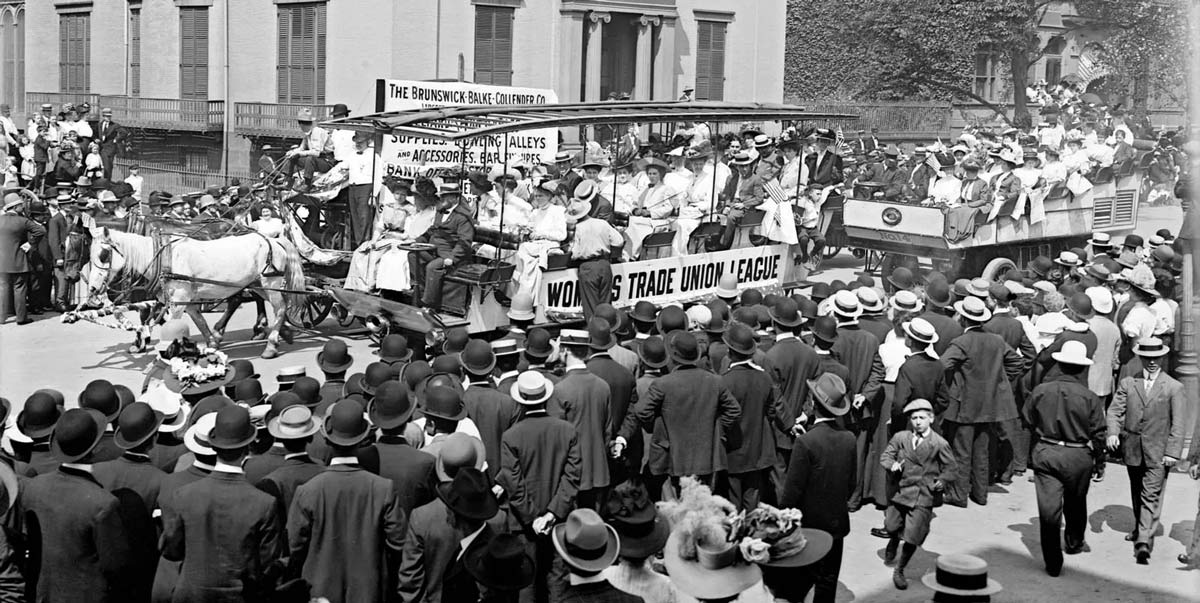
November 7, 2025 — In the late 1800s and early 1900s, working conditions for most in the United States were fraught with danger and low wages. For women workers, that was especially true. It was the creation of “settlement houses” that helped working women organize on the job.
Settlement houses brought together middle- and upper-class reformers with working-class women. Often, working-class women who lived in settlement houses would receive assistance from their wealthier benefactors. The “settlement movement” was popular in the U.S. from 1890 -1910 due to the immigration of more than 12 million Europeans.
Two social reformers who worked in settlement houses, Mary Morton Kehew and Jane Addams, led the way in the settlement movement, and later in the labor movement. With the help of the American Federation of Labor, Kehew and Addams organized the Women’s Trade Union League (WTUL) and became the first president and vice president of the organization in 1903.
By 1904, the organization had branches in Chicago, New York City, and Boston. WTUL worked to provide working women with educational opportunities, while also supporting women workers to improve working conditions.
Beginning in 1909, league members marched alongside other striking workers during the garment industry strikes. For the two years that the strike lasted, the league worked to set up strike funds and organized boycotts of clothing manufacturers who did not work with the strikers.
The Triangle Shirtwaist factory fire in 1911 killed 146 workers, mostly women and girls as young as 14. WTUL conducted an investigation of factory conditions following the fire and helped establish new labor regulations that would eventually lead to the creation of the American Society of Safety Professionals.
By the 1920s, WTUL’s actions under the presidency of Margaret Dreier Robins helped to establish a minimum wage, eight-hour workdays, and the abolition of child labor. However, during the Great Depression, the league was hard hit financially, and its membership dwindled. The WTUL dissolved by the 1950s, but its legacy of nearly half a century of activism paved the way for the organized labor movement that is thriving in states like New York today.

